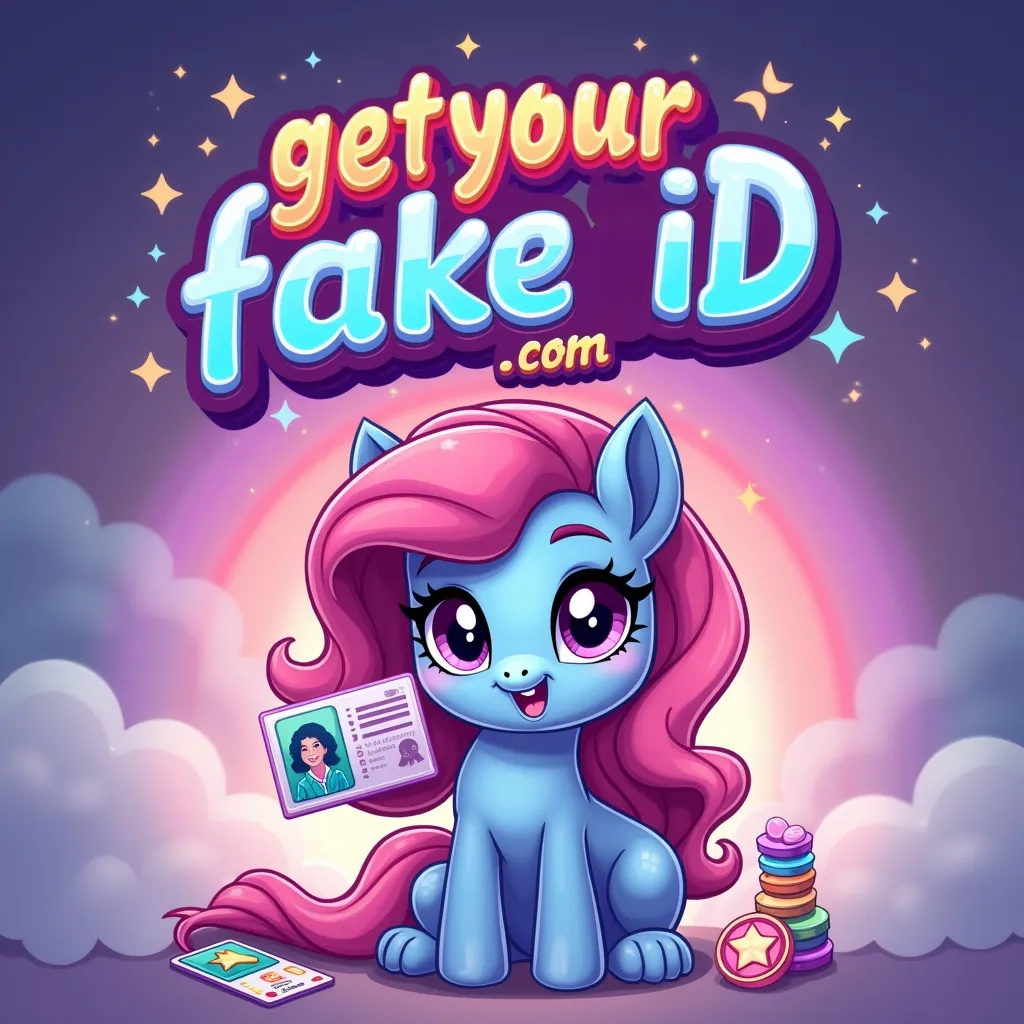Fake vs. Real Michigan Driver's Licenses: Key Differences
In the world of identification, understanding the nuances between fake and real IDs can be crucial. This article delves into the key differences between fake and real Michigan driver's licenses, ensuring you stay informed and safe 🌟.
Material andConstruction 🏛️
One of the most obvious distinguishing factors between a real and fake Michigan driver's license is the material and construction. Real Michigan licenses are crafted from high-quality polycarbonate material, ensuring durability and longevity. Fake IDs, on the other hand, often use cheaper materials like Teslin, which may crack or peel over time 🪶.
Security Features 🛡️
Michigan driver's licenses come packed with advanced security features to thwart forgery. These include:
- Holographic Overlays: Real licenses feature intricate holographic overlays that mimic the state seal and other Michigan symbols. These are nearly impossible to replicate perfectly 🌈.
- Microprinting: Tiny, almost invisible letters are embedded within the design. Fake IDs often lack this level of detail 🔍.
- Laser Perforations: Real IDs have laser perforations in specific patterns that are challenging to reproduce accurately ✂️.
- UV Ink: Under a blacklight, real Michigan licenses display unique UV images and patterns that fake IDs cannot match 🌟.
Data Accuracy and Consistency 📊
Another significant difference lies in the accuracy and consistency of the data on the license. Real Michigan driver's licenses have precise and uniform data entries. Fake IDs often show inconsistencies in font sizes, spacing, and alignment. Additionally, the information encoded in the magnetic strip and barcodes on real IDs is accurate and scannable, whereas fake ones may not be functional 🔄.
Design Details ✨
The design of a Michigan driver's license is carefully crafted to include various visual elements that are hard to mimic. Real licenses have a high-resolution photo with clear borders and no pixelation. Fake IDs often have blurred or pixelated photos, which are tell-tale signs of forgery 🖼️.
Regulatory Compliance ⚖️
Real Michigan driver's licenses comply with state and federal regulations. They are issued by the Michigan Secretary of State's office and have unique serial numbers, issue dates, and expiration dates that are consistent with state guidelines. Fake IDs might include incorrect or fabricated information, such as invalid issue or expiration dates, which can easily be cross-referenced with official records 📅.
Conclusion 🌟
Understanding the differences between fake and real Michigan driver's licenses can help you make informed decisions and protect yourself from potential legal and personal risks. Always verify the authenticity of IDs through legal channels and encourage others to do the same. Your safety and compliance with the law are paramount 🚨.
